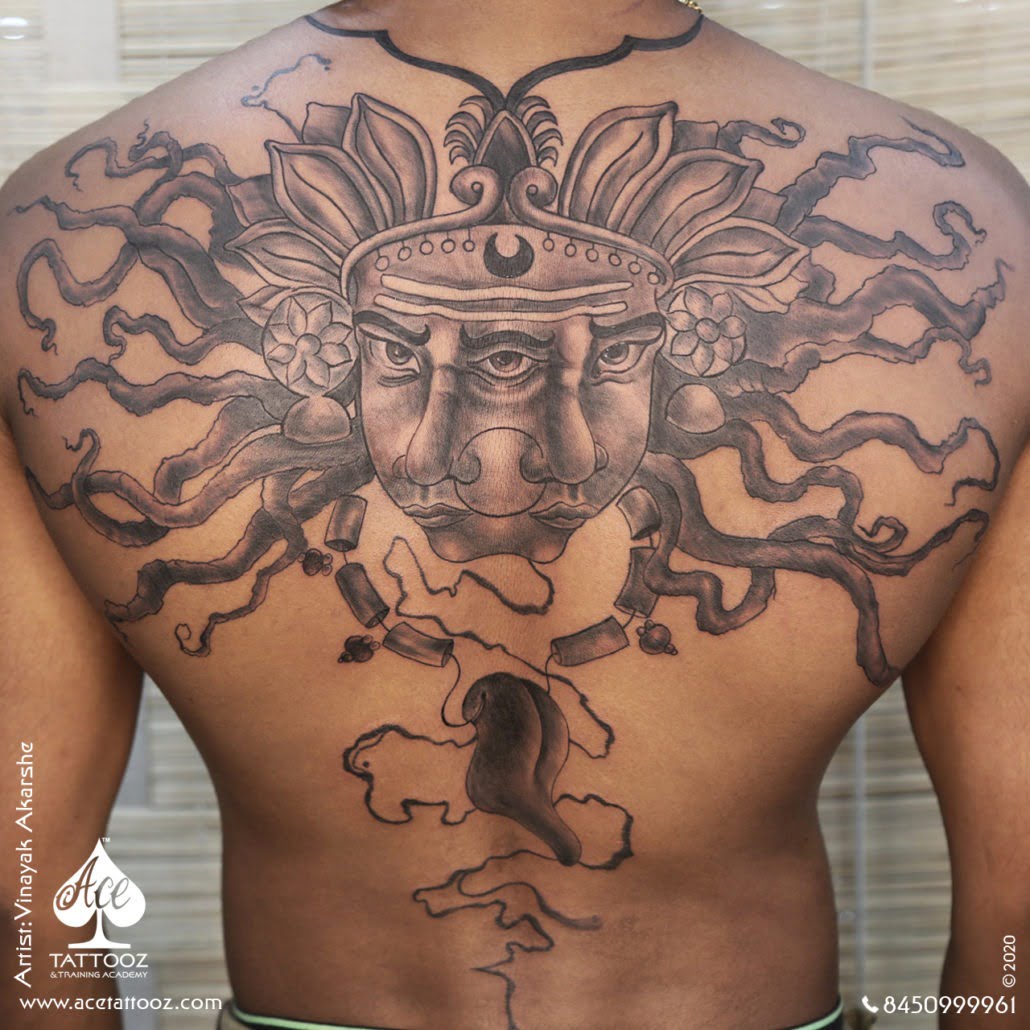When it comes to tattoos, one of the biggest queries that people new to tattoos have is the longevity of the colours in tattoos over time. As a lifelong commitment, there is understandable concern over the appearance of a tattoo over a period of decades of someone’s life. What could be worse than tattoos changing by fading, blurring or a shift in the colours in it? Maybe the biggest question is why does the tattoo turn green or blue in colour over time. This is a common occurrence, especially among people who have had their tattoos over several years.
Now whether you plan on getting a tattoo that is a tiny one, simply texts and symbols or a large colourful design, before you commit to it the first time, you try to predict how the tattoo might look like say – 25 years later. No one wants their tattoo to appear like a blotchy design that is unrecognizable and causes regrets.
Certain factors like different body parts can affect how easily a tattoo on your body might fade. Finger tattoos for example fade quite easily and earlier. A rather fleshier part of your body therefore is less prone to fading quicker.
But let’s get to the main meat of this article and why you are here – why do tattoos turn green or blue in colour? Often you can find tattoos that were originally not blue or green in colour look like they were as time passes by. But what if you want the colours to stay that way till the end and the green/blue colour scheme simply does not do it for you?
Well, according to the experts, the change in hue is a concern for only tattoos that have black ink in them. As the years pass by, black ink gets absorbed into the body as well as fades with time. All of this leads to ink deposits losing density of the black colour on your skin. Every different black ink has various base colours on which it is produced. These include blue blacks, grey blacks, pure blacks and so on. Tattoos age with you and also have reactions to your surroundings. Exposure to the sun, the location of your residence can contribute further to this change in colour and the fading of the tattoo. Adding to this, the brand of ink used and the quality of the ink is also responsible. Melanin, a substance found in the skin’s outermost layer called the epidermis, is primarily responsible for skin pigmentation. The dermis, or layer of skin under the epidermis, is where the tattoo artist injects the ink during the tattooing procedure. The pigmentation of the melanin within the epidermis serves as a filter, covering the tattoo. As a result, a tattoo on someone with light skin may show colour more vividly. The colours in a person’s design might be the same, but they might appear more subdued over time if they have dark skin pigmentation.
Therefore, you need to take these factors into consideration when deciding if you want an all black tattoo, a semi black or black and white tattoo etc.
If you notice, this change in colour is also observed in the tattoos among the older folk. Older ink quality was quite poor, leading to early fading and discoloration. With technology improvements and better pigment qualities, the aging of these newer tattoos are also expected to go differently.
While no one possesses the ability to look into the future, the changing in colour based on the appearance of tattoos on old people should not deter you from taking your first step into getting inked. Adequate care and precautions will ensure that you can take better steps to help your tattoo flourish in all it’s glory! You can always count on Ace Tattooz for quality ink and tattoos for a long term as we only use the best quality FDA approved Vegan Inks for your benefit!








